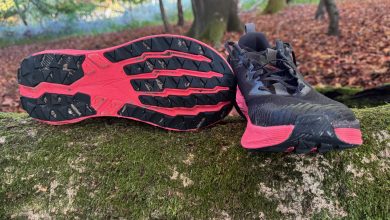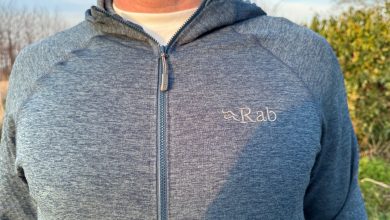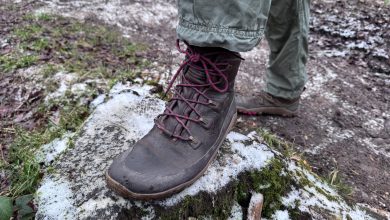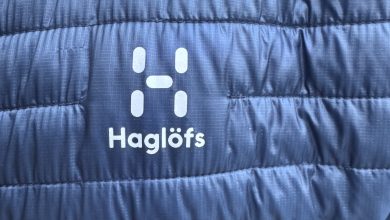What OutdoorGearLab Doesn’t Understand About the Arc’teryx Atom SuperLight Down Jacket (and Many Other Things)
A Disclaimer
I love OutdoorGearLab. They provide an incredibly valuable service for free – in fact, they are one of only about ten sites which I whitelist from my adblocker… the ultimate internet compliment. Their reviews, when read from a perspective of intermediate understanding and surrounding context, are typically insightful and detailed in a way that few others are. However, my current bugbear concerns the superlight down jacket category.
The Problem
The more I experience gear myself in varying situations, the more I have come to regard their basic rating system with a hefty dose of mistrust. Not because the reviews are biased or bad, but because they are fundamentally bad at choosing items to compare relative to each other.
What They Don’t Understand About Down
Take, for example, the recent overview of men’s down jackets: Outdoor Gear Lab Down Jackets. At first glance this all makes a certain amount of sense. At second glance, it all breaks down. Look at what is being compared: the Ghost Whisperer, at 8.4oz, the category killing ultralight down jacket is up against the Marmot Guides Hoody which at 24.8oz is billed as “an excellent belay jacket . . . too heavy and bulky to be a mid-layer.” Well – duh. The only thing these jackets have in common is their choice of insulation. In all other regards they are designed for entirely different purposes, and as a result their relative ‘scores’ (73 to 69) are arbitrary and misleading. Click through to the jackets ranked 6-9 and you will find the Arc’teryx Thorium SV – another massive belay jacket on the other end of the spectrum to the Ghost Whisperer.
You’ll also see that the Patagonia Down sweater hoody is being compared to the Ghost Whisperer – another nonsense decision. Patagonia makes an ultralight down jacket (as do Marmot and Arc’teryx for that matter) that is directly comparable, and has been favorably reviewed elsewhere for its low weight, excellent warmth and high denier fabric: see here and here.
Trying to shove all down jackets into one review and then boiling down complex details into numbers is in this case doing ‘compromise’ jackets and belay jackets a huge disservice. To approach fairness this category needs separation into at the very least 3 categories: lightweight, versatile, and belay weight. And they desperately need to drop the style points category, which currently has equal weighting to warmth and weight.
What They Don’t Understand About Synthetics
Why am I going off on this particular rant right now? Great question.
OutdoorGearLab have been publishing their updated reviews over the last few weeks, and I just caught sight of their Synthetic Insulation meta-review. Now, there is a trend over the last couple of years for ultra-lite insulation. Why now, I’m not sure – maybe more people doing fast and light day hikes or peak bagging rather than car camping. Whatever the reason, the outdoor world is waking up to the reality than often, extra insulation on a garment just means more time for the garment spent crumpled in your pack. This is exemplified by Patagonia’s Active Insulation range, which started with the Nano Air and quickly progressed even further in stripping down insulation and weight. Similarly, Arc’teryx’s Atom range now goes from All-Round (AR) to Light (LT) to SuperLight (SL).
Recently, I saw the Atom SL on a very good sale (may have had something to do with the interesting bourbon color) and bought it on a whim. Up to that point I had yet to find a piece of clothing that lived up to the billing of being comfortable even in high levels of exertion. Don’t get me wrong, I love my Patagonia NanoAir, but it’s too warm for a really high cardio summit dash even on very, very cold days.
How do you express the value of not having to delayer? OutdoorGearLab haven’t found the way.
I wore the Atom SL from base to summit to base, on an alpine-start day that dropped to -20C up top but saw beautiful sun on the way back down. It’s a perfect blend of wind-stopping power (yet received a 4/10 on weather resistance from OGL) and breathability.
Its DWR treatment is excellent in snow and moderate rain.
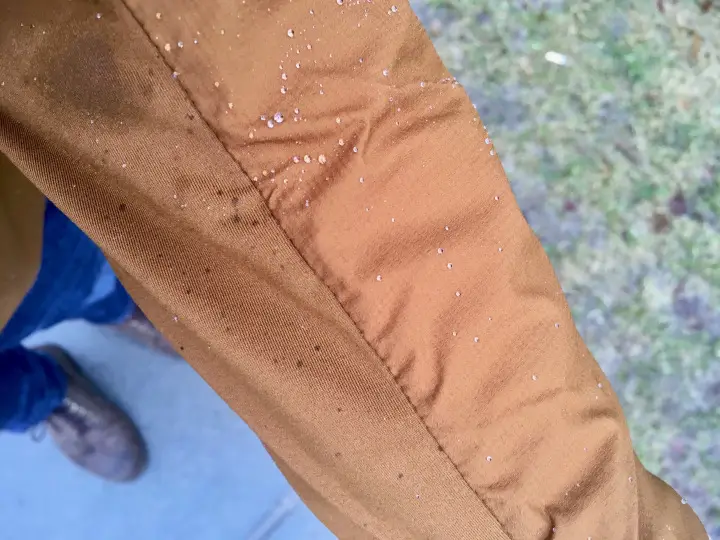
It is objectively more breathable than the NanoAir (I own and wear both regularly) because it has no arm or side insulation and yet got 2 points less than the NanoAir on that category from OGL.
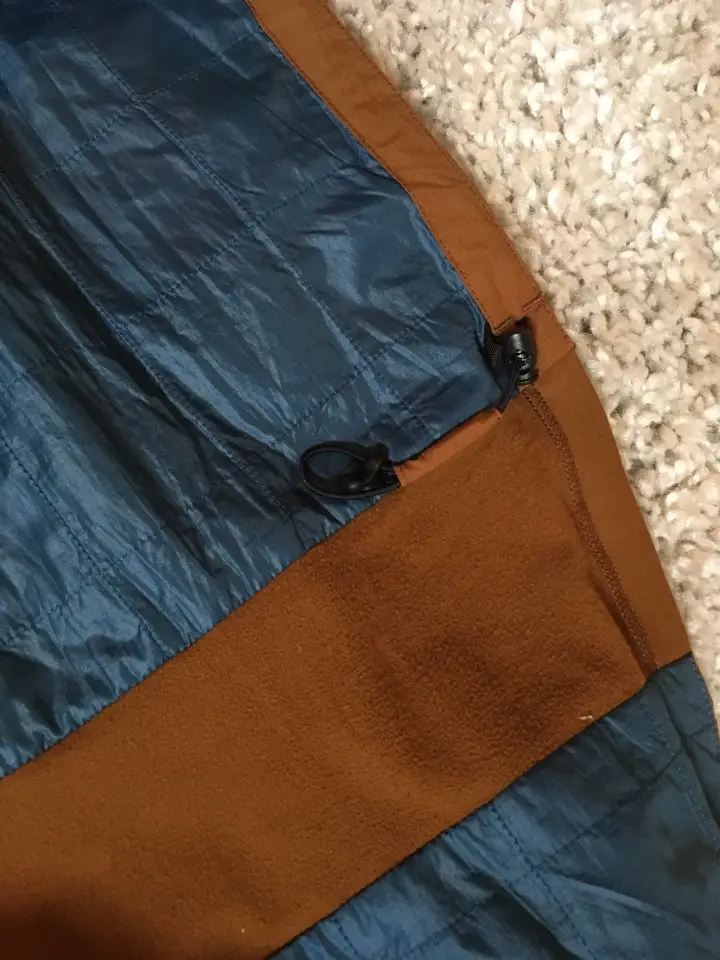
And as a result it got an overall score of 64, and languishes on page 2 next to… wait for it…
…. the Patagonia DAS parka. Facepalm.
So, Outdoor Gear Lab needs to up their game. Like OGL, it’s not perfect but we like to think our comparisons are more realistic.
Be sure to check this temperature rating guide: super useful

